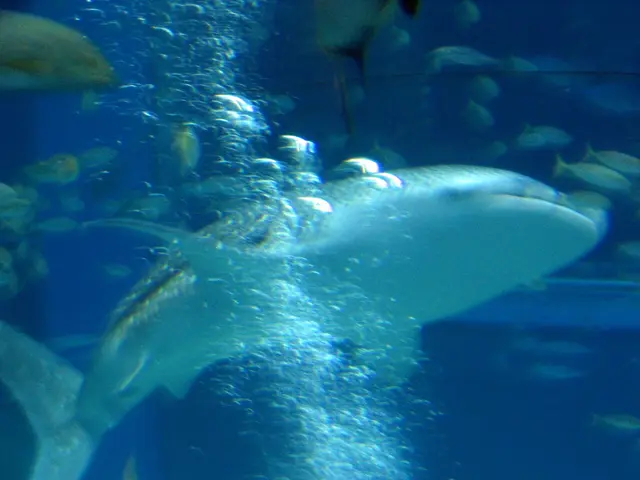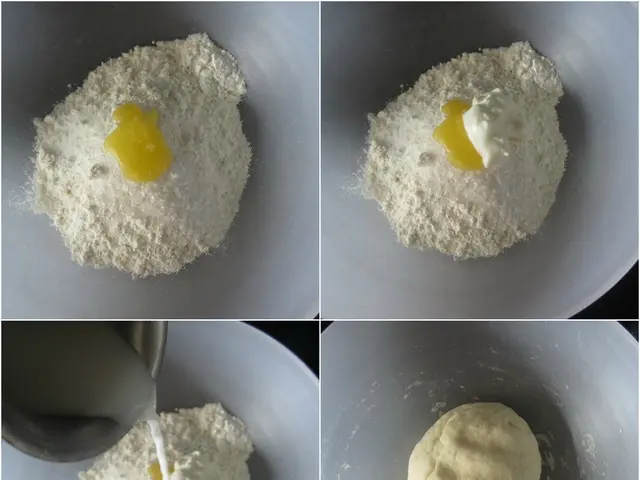Unveiling Ink-Fused Mysteries: Lasers Reveal Vibrant Tattoos on millennium-Old Peruvian Mummies
In a groundbreaking discovery, an international team of researchers employed lasers to unveil intricate tattoos adorning mummies from ancient Peru. Their findings, published in the prestigious journal PNAS, showcased exquisite designs that shed light on the skilled tattooing practices of the Chancay culture. This is the first time laser-stimulated fluorescence (LSF) has been used to decode the secrets of ancient tattoos on human remains.
Archaeologists often struggle to study ancient tattoos due to the rarity of well-preserved soft tissue and the fading and bleeding of ink over time. Infrared imaging, the traditional method, fails to offer the fine details. But the LSF technique, which utilizes a 405-nanometer laser, has transformed the game.
The 405-nanometer laser is designed to target ink in the tattoos. When it hits the tattooed areas, the skin fluoresces, creating a stark contrast between tattooed and non-tattooed skin. The process erases centuries of degradation, making even fine details, like lines as narrow as 0.1 millimeters, visible with remarkable clarity.
This interdisciplinary research combined archaeological expertise with advanced imaging techniques, revealing intricate geometric and zoomorphic patterns on over a hundred 1,200-year-old Chancay mummies. The Chancay, a pre-Columbian culture that lived along the central coast of modern-day Peru, were renowned for their textiles. The newly discovered tattoo designs were found to be their most intricate art form to date.
The researchers' findings suggest higher levels of artistic complexity in pre-Columbian Peru, expanding the degree of artistic development found in South America at that time. This discovery may spark future explorations, leading to the discovery of other ancient designs. After all, the possibilities are countless when it comes to the beauty and artistry of ancient tattooing.
The use of laser-stimulated fluorescence in ancient tattoo studies highlights the potential of science and technology in future archaeological discoveries. This technique, capable of revealing even the subtlest details, could revolutionize our understanding of ancient cultures' artistic expertise.








